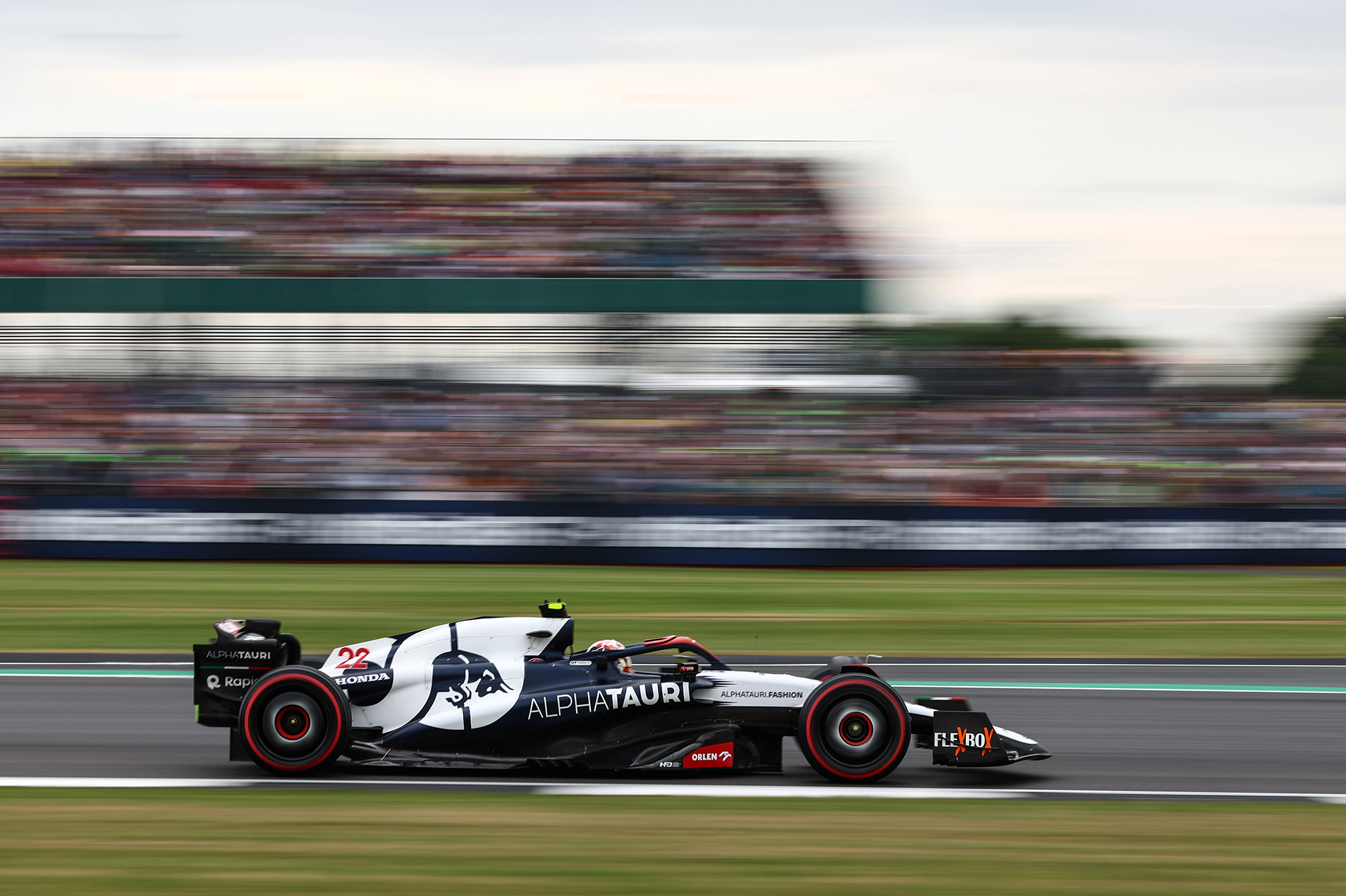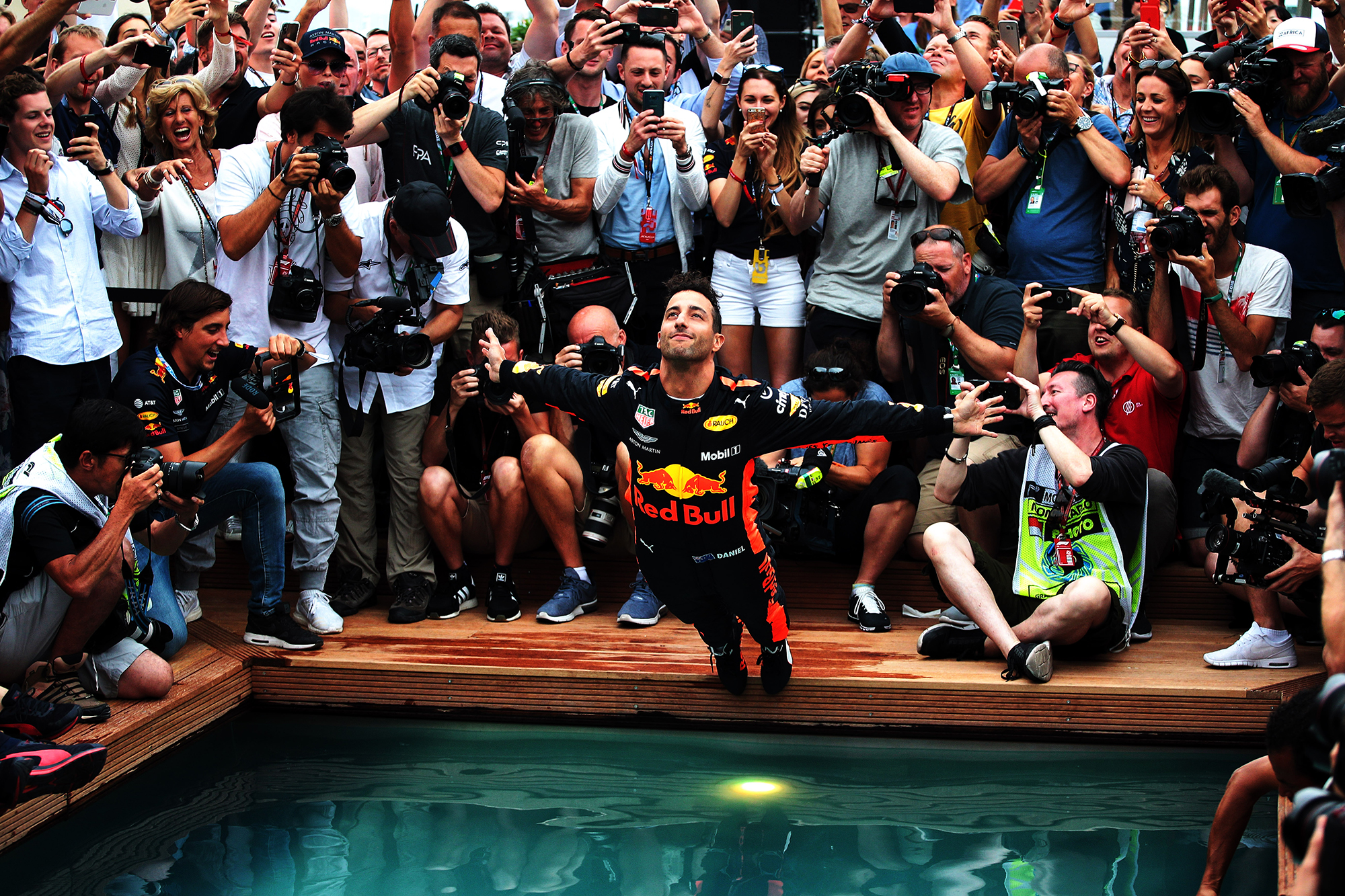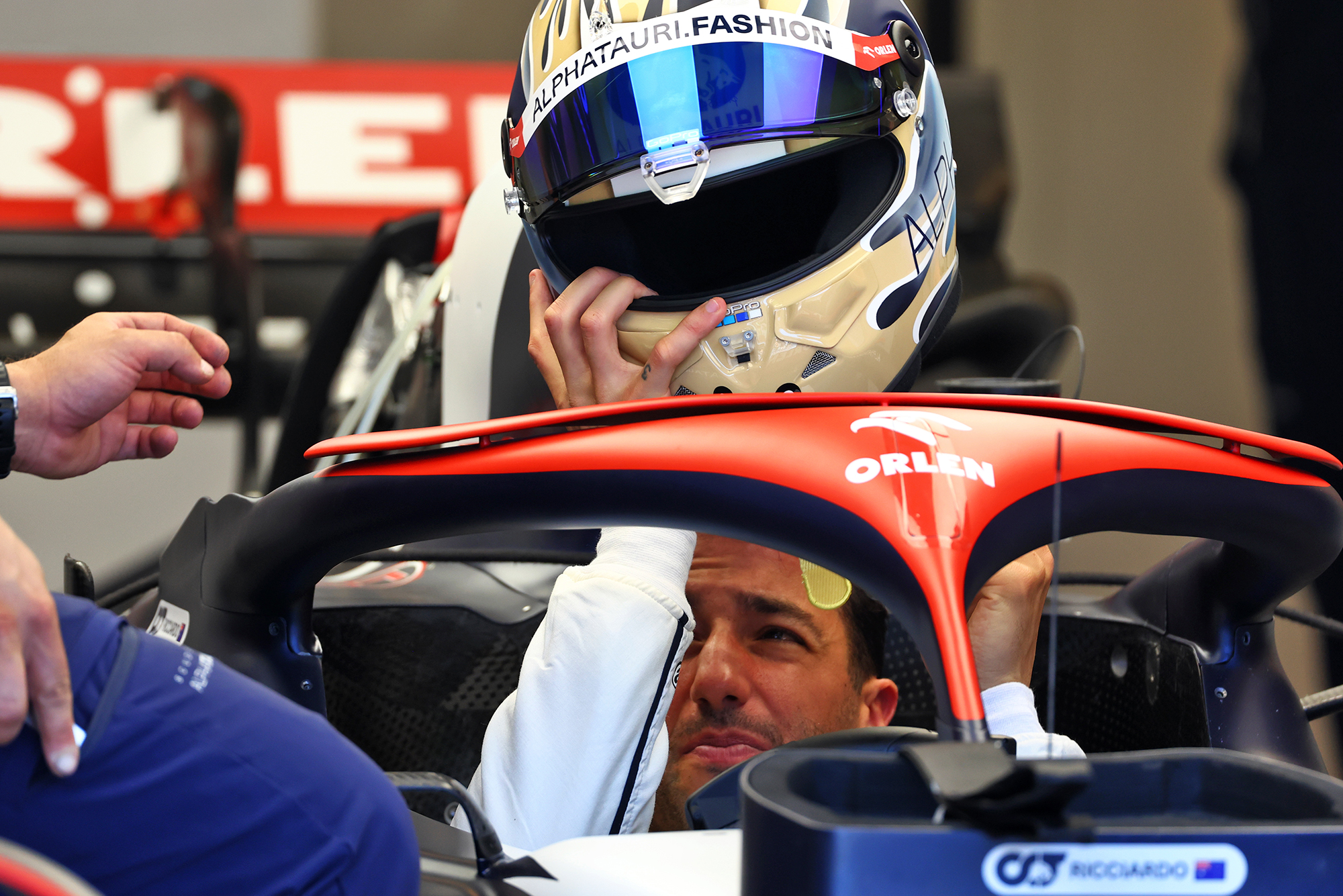Up Next

What are we to make of however the returning Daniel Ricciardo compares to Yuki Tsunoda at AlphaTauri in the remainder of the 2023 Formula 1 season?
More to the point, what is Red Bull to make of it?
The narrative that Sergio Perez’s 2024 Red Bull seat is under threat and that Ricciardo is being given a try-out in the junior team with a view to replacing him is only an assumed one.
Perez is under contract until the end of ’24. Contracts can be paid out and it’s even been speculated that within Perez’s contract is the clause which would allow Red Bull to switch him between its teams, as it has done in the past with the likes of Pierre Gasly and Daniil Kvyat.
But let’s just assume that Ricciardo’s AlphaTauri gig really is a try-out for Perez’s seat. How can the ultimate level of his performance be measured?
Tsunoda is only so much of a known quantity himself, though much more consistent these days than in his first couple of seasons and a pretty close match for Gasly there last year (Gasly qualified 7-5 ahead where valid comparison could be made, by an average margin of just over 0.1s and garnered 23 points, to the 12 of Tsunoda).
Underlying pace

If Ricciardo matches Tsunoda’s pace or even edges him out by a small amount, what will it mean?
To the outside, not very much. Internally, they have a lot of data with which to understand the level of all their drivers.
Their relative performances on the simulator can tell them quite a lot, but it’s not definitive; some drivers are much better at repeating their real-world performances on a simulator than others.
Given a representative performance, the simulator can even reveal specific techniques and how effective or otherwise they are and where there is potential for improvement, but the reality of the track is obviously a much more definitive reading.
The team now has a little of both with Ricciardo, given his recent Silverstone test and his constantly improving form on the simulator through the year.
Teams know what their car’s aero loadings are at all points on a lap and know what the tyre’s co-efficient of grip is. With a given set-up, they can come up with an idealised lap. Beyond their natural speed, how close a driver can get to that ideal really depends upon how well the car can be balanced and how close to the ideal windtunnel aero balance a driver can live with. So internally, a team always has a much better reading of the job the driver is doing than just that provided by comparison with their team-mate.
Although Tsunoda may still be considered a less than fully known quantity by the F1 world in general, he is not so within Red Bull where Max Verstappen stands as a brilliantly valuable ultimate level with which to quantify.
It should therefore be possible for the team to make a fairly accurate order of magnitude assessment of Ricciardo’s pace. But we can probably take it as read that being outperformed by Tsunoda, even if only a little, would not make a strong case for Ricciardo.
Inspiration

If, on the other hand, he’s consistently quicker and pushing the car into unfamiliarly good grid positions, then there’s a chance that ‘old Daniel’ really is back.
If that happens, and he gets into that confidence spiral, he can do great things. He’s a driver capable of finding huge chunks of performance from his own confidence and when it’s like that the impact he has on the whole team can be uplifting. Old Daniel, if he’s still in there, is capable of switching the team on, of taking it from acoustic to electric, just by the injection of energy he brings.
Technical

Daniel Ricciardo is not a technical driver in the sense that he has a deep understanding of the physics and engineering. By his own admission, he does not.
But that’s not necessarily what’s required of him. What is super-valuable to the team is his ability to provide an accurate analysis of the traits of the car and what is the ranking of the limitations in terms of sensitivity to lap time.
In this, Ricciardo could be a great asset – but only if the car can be balanced in a way which allows him to drive naturally. The McLaren episode suggests that if adaptation to his basic technique is required, he’s not great at decoupling and deconstructing, then rebuilding.
So what sort of car is the AlphaTauri AT04? Its biggest weakness has been slow corner performance (like the McLaren), particularly at the rear (unlike the McLaren).
The big floor, bodywork and diffuser update which went on the car at Silverstone brought measurable downforce gain at the rear – but that didn’t translate to improved performance.
The problem at Silverstone was at the front. Has the update been so effective at increasing rear grip that it’s unbalanced the car? Or was it just a case of the team not yet having found the new sweet spot?
Upon that question might just be hinged the success or failure of Daniel Ricciardo’s comeback.





